Scaffolding plays a crucial role in the construction industry, as it provides a temporary structure that allows workers to reach high places safely. However, working at heights presents inherent risks, making it essential to establish maximum height guidelines for scaffolding. In this article, we will explore the factors influencing the determination of the maximum height for scaffolding and delve into the importance of ensuring both safety and efficiency in construction projects.
Factors Affecting Maximum Height For Scaffolding
-
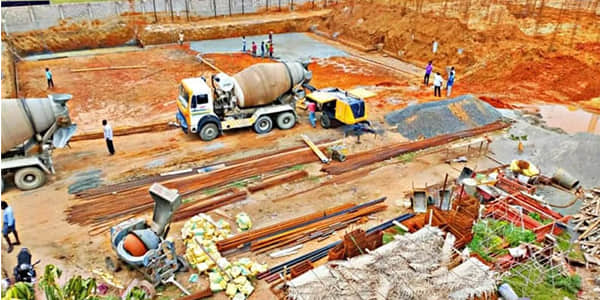
Soil Conditions
The stability of scaffolding relies heavily on the condition of the ground where it is erected. Soft or uneven soil can compromise the structural integrity of the scaffold, making it necessary to consider soil type, compaction, and load-bearing capacity.
-
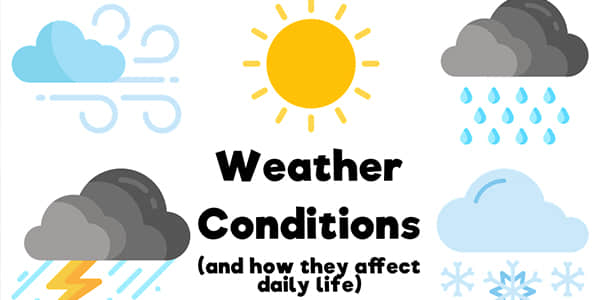
Weather Conditions
Strong winds pose a significant risk to scaffolding stability. Wind force increases with height, which means scaffolds erected in areas prone to high winds must have specific design considerations. Additionally, adverse weather conditions like rain, snow, or ice can affect scaffolding performance and should be factored into determining the maximum height.
-
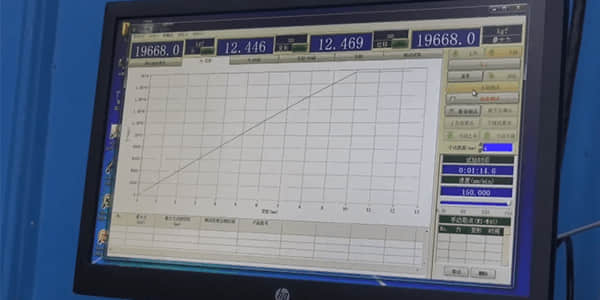
Weight-Bearing Capacity
Scaffolding must support the weight of workers, tools, equipment, and materials. The load-bearing capacity of the scaffold system, including its components and connections, needs to be thoroughly assessed to ensure it can handle the anticipated loads at different heights.
-
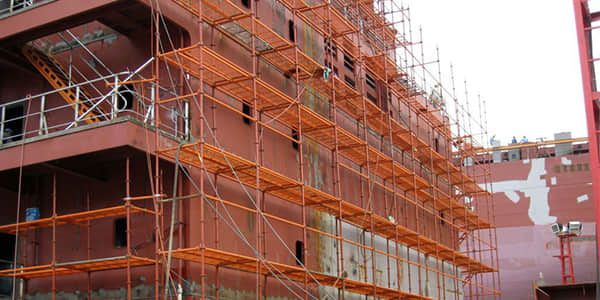
Platform Stability
The stability and rigidity of the scaffold platform directly impact worker safety. As the height increases, measures must be taken to minimize platform sway and maintain stability, reducing the risk of accidents and falls.
Regulations and Standards
To ensure safety on construction sites, various regulatory bodies and industry organizations have drawn up guidelines and standards for scaffolding. Compliance with these regulations is vital to protect workers and maintain a safe working environment.
Occupational Safety and Health Administration (OSHA)
- OSHA, a leading regulatory authority in the United States, provides comprehensive guidelines for scaffold safety. OSHA states that scaffolds more than 125 feet in height above the base must be designed by a registered professional engineer. These guidelines specify requirements for scaffold design, construction, and use, including maximum height limits based on specific factors and conditions.
National Regulations
- Many countries have their own national regulations governing scaffolding. These regulations often incorporate standards set by international bodies such as the International Organization for Standardization (ISO) or the European Standard (EN), ensuring uniformity in safety practices across borders.
Industry Best Practices
- In addition to regulatory requirements, industry best practices contribute to establishing maximum height limits for scaffolding. Organizations such as the Scaffold and Access Industry Association (SAIA) provide guidelines and recommendations based on years of experience and research in the field.
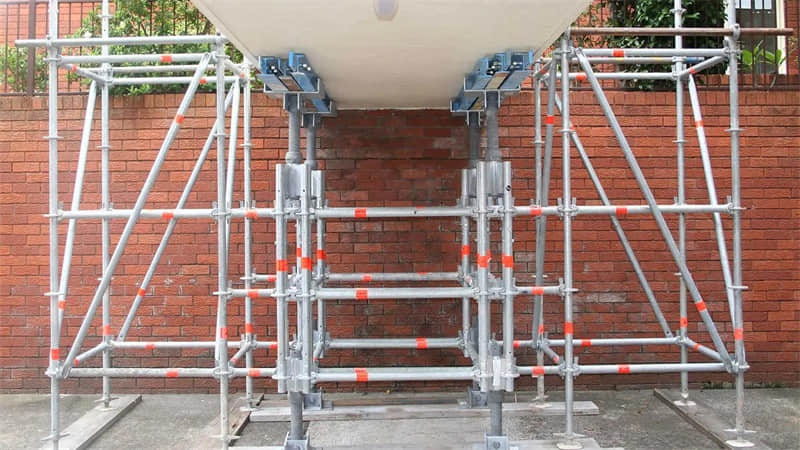
Determining the Maximum Height
Setting the maximum height for scaffolding involves a thorough analysis of various factors to ensure structural integrity and worker safety. The following approaches are commonly used:
Load Capacity Calculations
- Engineers calculate the expected loads on the scaffold, including workers, materials, and equipment, to determine the maximum height the scaffold can safely support. Load capacity calculations consider the weight distribution, the type of scaffold system, and the materials used in its construction.
Engineering Assessments
- Professional engineers conduct detailed assessments of the scaffold's design, considering factors like material strength, connections, and stability. By analyzing these elements, they can recommend the maximum safe height for the specific scaffold system.
Structural Stability Analysis
- Using engineering principles and advanced analysis techniques, experts evaluate the structural stability of the scaffold at various heights. This analysis considers factors such as wind loads, structural design, and the dynamic forces acting on the scaffold.
Safety Considerations
Ensuring the safety of workers using scaffolding is paramount. Several safety measures should be implemented to minimize the risks associated with working at heights:
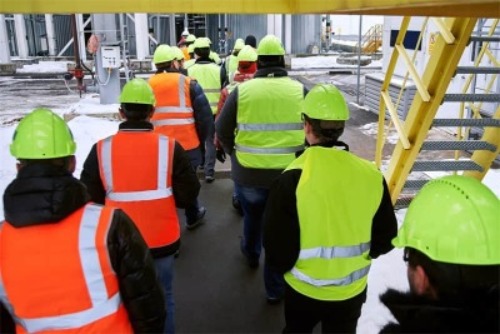
Fall Protection Measures
- Fall protection systems, such as harnesses and guardrails, are crucial components of scaffolding safety. Adequate fall protection measures should be implemented at all heights to prevent accidents and protect workers from falls.
Guardrails and Toeboards
- Guardrails and toeboards are installed along the edges of the scaffold platforms to provide a barrier against falls. These safety features help create a secure working environment, particularly when working at greater heights.
Regular Inspections and Maintenance
- Regular inspections and maintenance are essential to identify potential hazards and ensure that scaffolding remains safe and reliable. Inspections should be carried out by competent personnel who can identify any defects or issues that may compromise the scaffold's integrity.
Ensuring Efficiency
Apart from safety considerations, scaffolding height should also be optimized to enhance productivity and efficiency on construction sites. The following factors contribute to achieving this balance:

Optimal Height for Productivity
- Determining the optimal height for scaffolding involves considering the tasks to be performed and the accessibility required. Striking a balance between reachability and stability can significantly impact worker productivity.
Accessibility and Maneuverability
- Scaffolding should provide convenient access to all work areas. Considerations such as stair towers, ladders, or access platforms should be made to ensure easy movement within the scaffold structure, even at higher elevations.
Adaptability to Different Tasks
- Flexibility is vital when it comes to scaffold height. Different construction tasks may require varying heights and configurations. Scaffold systems that can be easily adjusted and reconfigured offer greater adaptability, saving time and effort on the job site.
Conclusion
Determining the maximum height for scaffolding involves a comprehensive analysis of various factors, including soil conditions, wind speed, weight-bearing capacity, and platform stability. Compliance with regulations and industry best practices is essential to ensure safety on construction sites. Additionally, optimizing scaffold height for both productivity and efficiency contributes to successful project execution. By carefully considering all these aspects, construction professionals can create a safe and productive working environment.
Read More
A Guide to Scaffold Use in The Construction Industry -- OSHA
Requirements For Scaffolding On Work Sites -- HIA
How High Can You Build Scaffolding? -- QUORA
FAQs
What are the consequences of exceeding the maximum height for scaffolding?
- Exceeding the maximum height for scaffolding can compromise stability, increasing the risk of accidents and falls. It may also lead to regulatory violations and potential legal consequences.
Are there different maximum height limits for different types of scaffolding?
- Yes, different types of scaffolding may have specific height limits based on their design, load capacity, and intended use. It is important to consult the manufacturer's guidelines and industry regulations for each type of scaffold.
Can scaffolding be used on uneven surfaces?
- Scaffolding can be adapted to uneven surfaces using adjustable base plates, leveling jacks, or specialized components designed for such conditions. However, proper precautions and engineering assessments are necessary to ensure stability and safety.
How often should scaffolding be inspected?
- Scaffolding should be inspected regularly, following a predetermined schedule and after any significant events such as severe weather conditions or modifications to the scaffold structure. Inspections should be carried out by competent individuals with knowledge of scaffold safety.
-



